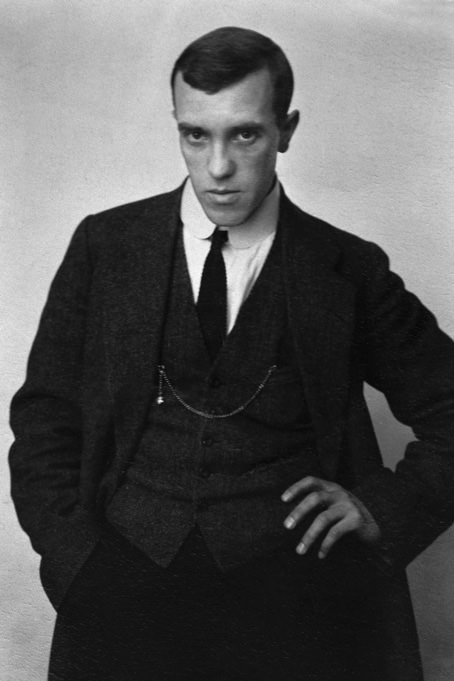

The reproduction of these works without the express written consent of the owner of the works is prohibited.
DownloadPortrait of a Norwegian Girl
On 9 June 1910, Konrad Mägi wrote his friend and agent, Eduard Virgo, who was working as a journalist then: “As for my pictures in Helsinki, there are so many bad ones that I can’t exhibit, only perhaps sell privately. For example, there are some landscapes and the picture of a girl’s face in the larger folder. They can’t be put out on display, because as far as I remember, they are very poor.” It is possible that the picture of the girl’s face Mägi was disparaging was the Portrait of a Norwegian Girl, which is now one of his best-known works.
The model is believed to be the 14-year-old daughter of the Norwegian politician Adam Egede-Nissen. Her name was Gerdi and later, as Gerdi Grieg, she would be a famous star of the screen and stage. Egede-Nissen, the father, was a well-known politician, elected to parliament on the vote of the fishing community in the north of the country. Due to his left-wing views (he later founded the Norwegian Communist Party) had close interactions with Russian emigrants, a group with which Mägi also socialized – and virtually belonged to. Egede-Nissen, a supporter of Lenin (and later, Stalin as well), was an extremely friendly and warm person who always tried to help those in a weaker position than he; he also had Mägi over for dinner many times. At these meals, they almost certainly talked politics, too.
The red colour in the work may have also been a reference to the father’s political views, yet Mägi made heavy use of that colour throughout the Norwegian period (see e.g., Norwegian Landscape with a Pine Tree) and so this particular painting does not stand out. It has been written in a memoir that Mägi later asked a girl to pose and “he was interested in my reddish hair.”
The background deserves attention – the ornamental background became a predominant feature in Mägi’s portraits – as does the girl’s hair. They are reminiscent of a labyrinth; the girl’s white collar and tapestry also are like intricate arabesques. Depiction of abstract labyrinths in women’s hair (including in paintings by Edvard Munch and Gustav Klimt) was a way of symbolizing mystical unworldly power, but Munch and Klimt also imbued it with a strong erotic charge. While the model in Mägi’s painting is not sexualized, the work is the most psychological portrait by Mägi, as he would subsequently prettify and idealize his models.
The reproduction of these works without the express written consent of the owner of the works is prohibited.

